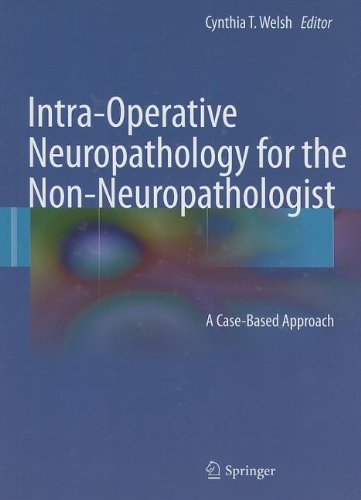

Most ebook files are in PDF format, so you can easily read them using various software such as Foxit Reader or directly on the Google Chrome browser.
Some ebook files are released by publishers in other formats such as .awz, .mobi, .epub, .fb2, etc. You may need to install specific software to read these formats on mobile/PC, such as Calibre.
Please read the tutorial at this link: https://ebookbell.com/faq
We offer FREE conversion to the popular formats you request; however, this may take some time. Therefore, right after payment, please email us, and we will try to provide the service as quickly as possible.
For some exceptional file formats or broken links (if any), please refrain from opening any disputes. Instead, email us first, and we will try to assist within a maximum of 6 hours.
EbookBell Team

5.0
110 reviewsThis volume acquaints the non-neuropathologist with the advantages of clinical-radiologic-pathologic correlation in neuropathology specimens, particularly in the intra-operative consultation. As a good cytology preparation can add to, or even supply in isolation, a diagnosis, this volume covers the enormous and sometimes insurmountable artifacts involved with freezing tissue, especially central nervous system tissue. The text presents how to perform, and stain the cytologic preparations, and how to interpret them. The advantages and disadvantages of both frozen sections and cytologic preparations of various kinds are discussed. The presentation and format is very visual with diagrams, tables, with many figures including pearls and pitfalls and therefore easy reading.
An introductory chapter presents the pros and cons of cytology, the advantages and disadvantages of frozen sections, and the artifacts in both. Also included is an argument for knowing what the scans reveal, and the impact of relevant patient history. The volume uses a case-based approach to show correlation between scan, history, frozen section and cytologic preparations.
With the combination of extensive correlation of scans, cytology, and frozen section with differential diagnosis, and analysis of the information crucial to the neurosurgeon in a case-based approach and with a special chapter written by a neuroradiologist, this volume is unique in presentation and utility and will be of great value to the trainee in pathology (residents/fellows), and practicing pathologists who include neuropathology in their practice, but do not have formal fellowship training in neuropathology.